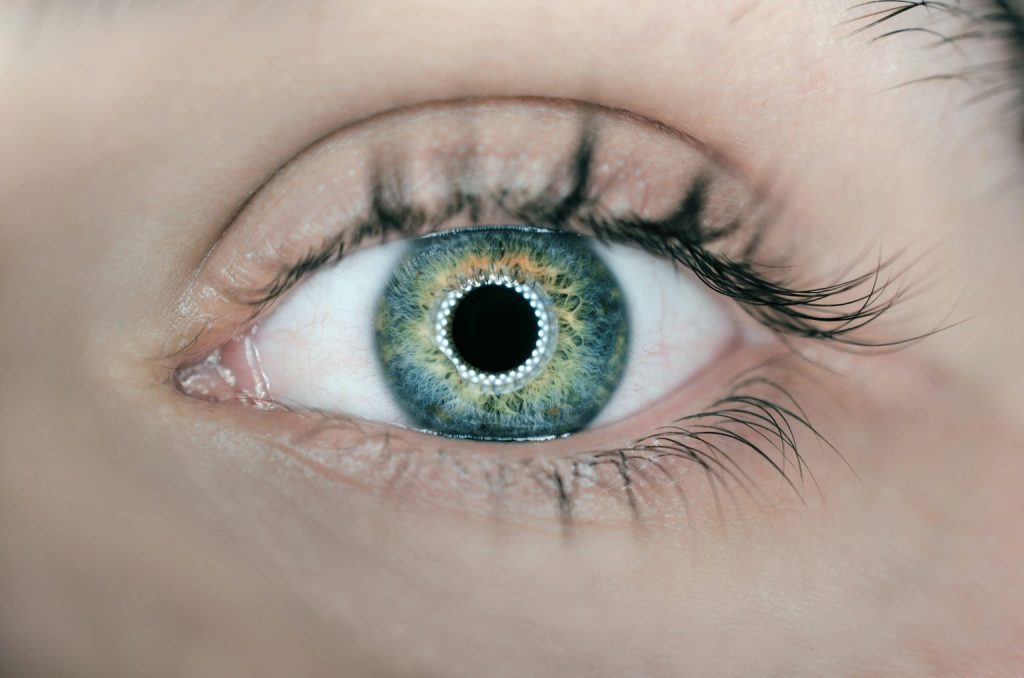Eye diseases are serious, and if left untreated, they can be irreversible. That’s why it’s so important to get them diagnosed and treated as soon as possible. In this blog post, we will explore three eye diseases that are treatable but may still result in permanent loss of vision. By learning about these diseases and their treatments, you can help prevent them from causing permanent damage to your eyes.
Read more: Sanpaku Eyes Curse
What is Retinitis pimentos?
Retinitis pimentos is an inherited eye disease that causes the skin and eyes to become affected. The most common form of the disease is called congenital retinitis pigmentosa, which is when it is passed down from a person’s parents. It can also occur in people who are not related to one another.
The first sign of retinitis pigmentosa may not be noticed for many years. Early signs may include loss of vision, redness or swelling in the eyes, and decreased sensitivity to light. As the disease progresses, people with retinitis pigmentosa might experience blindness, as well as a decline in their vision due to damage to the retina (the layer of tissue at the back of the eye that sends light images to your brain).
There is no cure for retinitis pigmentosa, but there are treatments available that can help improve someone’s vision. Some treatments involve using special glasses or contacts to help improve someone’s vision. There are also medications available that can slow down or stop the progress of the disease.
If you are diagnosed with retinitis pigments, it is important to get treatment as soon as possible. Treatment can make a big difference in terms of someone’s ability to see and live anormal life.
Types of RPE Cells
There are different types of RPE cells that play an important role in vision. There are two main types of RPE cells: Muller cells and Retinal pigment epithelium (RPE).
Muller cells are located in the outer layer of the RPE and help to remove waste products from the eye. They also produce vitamin A, which is essential for vision. retinal pigment epithelium (RPE) is responsible for making light sensitive nerve cells and rod photoreceptors. It is the only type of cell in the eye that can regenerate itself. Therefore, there is potential to treat some forms of blindness with regrowth of this cell type.
There are a few different types of RPE cells that are important for vision. They are responsible for the light receptors in the eye that allow us to see. RPE cells can be damaged in a number of ways, which can lead to vision problems. The most common type of RPE cell damage is called age-related macular degeneration (AMD).
AMD is an irreversible condition that affects the central part of the retina, and it can cause complete blindness if not treated. However, there are treatments available that can slow or even stop the progression of the disease. Other types of RPE cell damage include retinitis pimentos, which is a progressive eye disease caused by mutations in one or more genes that code for proteins necessary for normal RPE function. In some cases, early treatment with medications may halt or even reverse the progress of retinitis pimentos.
Causes of RP
There are a few different causes of RP, but they can all be treated in one way or another. The most common cause is a problem with the optic nerve, which sends images from your eyes to your brain. This can occur when there is damage to the optic nerve itself, when the blood vessels that supply it are damaged, or when a tumor blocks the flow of oxygen and nutrients to the nerve.
Other common causes of RP include:
-A problem with one of the structures that make up the eye (such as an eyelid, lens, or retina)
-A problem with one of the nerves that send signals from the eye to the brain (optic chiasm)
-A condition called glaucoma, which is a leading cause of blindness in elderly adults
-Inflammation or infection in the eye
-A problem with the brain or spinal cord that affects vision
-A head injury
-Down syndrome
RP can be a very serious condition, and if not treated, it can lead to total blindness. If you are concerned about your vision, contact your doctor or eye specialist for further evaluation.
Read more: Sanpaku Eyes Curse
How to treat RP
There is no definite answer to this question as there are many different types of RP, each with its own causes and treatments. However, some eye diseases that can be treated successfully if caught early include RP caused by the autoimmune disease rheumatoid arthritis (RA), RP caused by retinitis pimentos (RP), and RP caused by age-related macular degeneration (AMD).
If you are diagnosed with RP, your doctor will likely recommend treatment options specific to your condition. Some common treatments include medications such as cyclosporine or my copheno late mofetil, surgery such as laser surgery or photodynamic therapy (PDT), and a combination of these. Your doctor will also recommend regular checkups to monitor your progress and ensure that you are receiving the best possible care.
Conclusion
There are a few eye diseases that are considered to be irreversible but treatable, such as age-related macular degeneration (AMD). However, for most other eye diseases, there is hope and treatment available. If you or someone you know is suffering from an eye disease that is not listed here, don’t give up hope – there may be treatments available that can help improve your vision.


